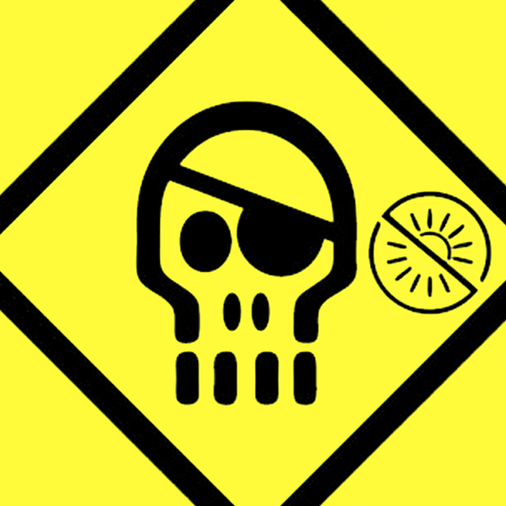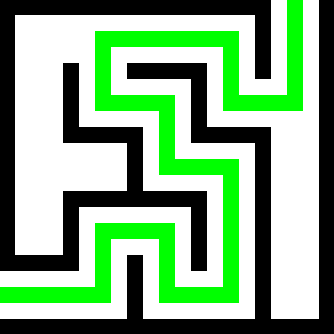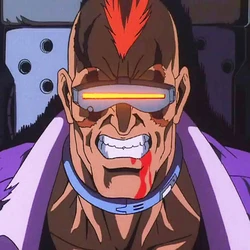ArchWiki did not help ;(
Resize your partitions so you can use the empty space.
Then install to the new position.
Update grub.
Also, just in case that nobody mentioned that already, a good opportunity to learn how to backup and restore your data ;-)
The real question is: Why?
Here’s some answers to your question:
- Backup your data, nuke the drive, start again.
chrootis the tool for the job. Backup your data before you accidentally nuke your drive.- Shrink the partition and write a new one in the empty space, but backup your data before you accidentally nuke your drive.
- Connect an external drive, install on it, but backup your data before you accidentally nuke your drive.
Finally, the reason that the wiki didn’t help is that the question is asked by either a person with not enough experience, or one who doesn’t need the wiki. This is a non trivial process and you should backup your data before you proceed, lest you accidentally nuke your drive.
Edit:
Also, anything you break can be fixed … but only if you have a backup.
Option (4) is safer in the long run because it prevents boot loaders overwriting each other.
Also, dual-booting and accessing the same data in /home IS ONLY SAFE IF YOU DO A FULL SHUTDOWN ON EACH BOOT OF THE OTHER SYSTEM. No hibernate, because hibernate does not unmount file systems.
If you want to keep both running, a VM (for example running in GNOME Boxes) is both safer and much more convenient.
First step is to shrink and possibly move around your existing partitions to make space for a new one. GParted Live may help with that. Once you have enough space, just install Arch there. If you already have separate /home you should be able to reuse it.
I think it’s a messy idea, you will be getting conflicts on files already present in the system. You’ve been warned ;)
With that out of the way, I guess just download the image and start from https://wiki.archlinux.org/title/Installation_guide#Installation
You have to create a second partition or use a Virtual Machine. Look for dual booting instructions, if you want to install alongside your current distro.




